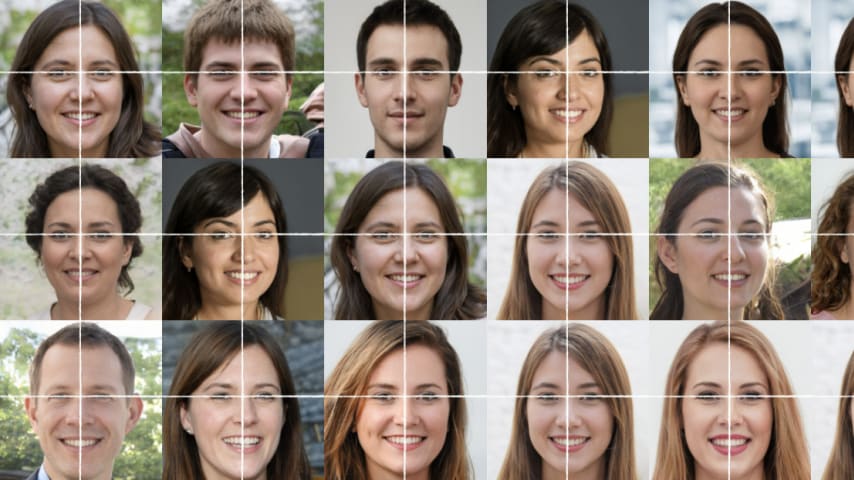概要: 2021年10月、317を超える偽Twitterアカウントからなる組織的なネットワークが、AI駆動型アルゴリズムを駆使し、ホンジュラス大統領選挙に関する偽情報を拡散し、野党候補のシオマラ・カストロ氏を標的とした。このキャンペーンは虚偽の情報を拡散し、投票率を抑制し、選挙の公正性を損なおうとした。TwitterやFacebookなどのソーシャルメディアプラットフォームは、警告を受けて初めてこれらのアカウントを削除したが、これもまた、不適切なモデレーションへの懸念を引き起こした。
Editor Notes: Reconstructing the timeline of events: (1) October 7, 2021: A coordinated network of 19 Twitter accounts posts identical disinformation about opposition candidate Xiomara Castro, falsely suggesting an alliance with Yani Rosenthal. The accounts use profile photos linked to uninvolved Peruvians. (2) October 6–14, 2021: Over 317 fake Twitter accounts amplify disinformation, creating feedback loops with a fake news website designed to resemble a legitimate outlet, spreading false claims about Castro and discouraging voter participation. (3) Early November 2021: Cybersecurity firm Nisos identifies the coordinated disinformation campaign and reports it to Twitter. (4) Early November 2021: Twitter removes the fake accounts after receiving the analysis from Nisos. (5) November 15, 2021: TIME publishes an article detailing the disinformation campaign and the role of AI-driven social media algorithms in amplifying the false narratives.
Alleged: X (Twitter) , Meta と Facebook developed an AI system deployed by National Party of Honduras supporters , Juan Orlando Hernández supporters , Unknown Twitter users と Unknown Facebook users, which harmed Xiomara Castro , Libertad y Refundación (LIBRE) supporters , Honduran electorate , Honduras , Democracy と Electoral integrity.
インシデントのステータス
Risk Subdomain
A further 23 subdomains create an accessible and understandable classification of hazards and harms associated with AI
4.1. Disinformation, surveillance, and influence at scale
Risk Domain
The Domain Taxonomy of AI Risks classifies risks into seven AI risk domains: (1) Discrimination & toxicity, (2) Privacy & security, (3) Misinformation, (4) Malicious actors & misuse, (5) Human-computer interaction, (6) Socioeconomic & environmental harms, and (7) AI system safety, failures & limitations.
- Malicious Actors & Misuse
Entity
Which, if any, entity is presented as the main cause of the risk
Human
Timing
The stage in the AI lifecycle at which the risk is presented as occurring
Post-deployment
Intent
Whether the risk is presented as occurring as an expected or unexpected outcome from pursuing a goal
Intentional
インシデントレポート
レポートタイムライン
Loading...

10月7日午後10時16分、19のTwitterアカウントが、ホンジュラスの次期大統領選挙について、まったく同じ瞬間に同じ意見を投稿した。野党候補シオマラ・カストロの支持者を名乗る彼らは、カストロがヤニ・ローゼンタールと手を組むかもしれないと虚偽の示唆をした。ローゼンタールは、麻薬組織の資金洗浄で米国で服役した後、帰国したばかりの別の候補者だ。
「もし彼女がヤニ・ローゼンタールと取引する人々のことを忘れたら、私は投票にも行かない」と、テレ・バウティスタという名のユーザーがツイ…
バリアント
「バリアント」は既存のAIインシデントと同じ原因要素を共有し、同様な被害を引き起こし、同じ知的システムを含んだインシデントです。バリアントは完全に独立したインシデントとしてインデックスするのではなく、データベースに最初に投稿された同様なインシデントの元にインシデントのバリエーションとして一覧します。インシデントデータベースの他の投稿タイプとは違い、バリアントではインシデントデータベース以外の根拠のレポートは要求されません。詳細についてはこの研究論文を参照してください
似たようなものを見つけましたか?
よく似たインシデント
Did our AI mess up? Flag the unrelated incidents
よく似たインシデント
Did our AI mess up? Flag the unrelated incidents



